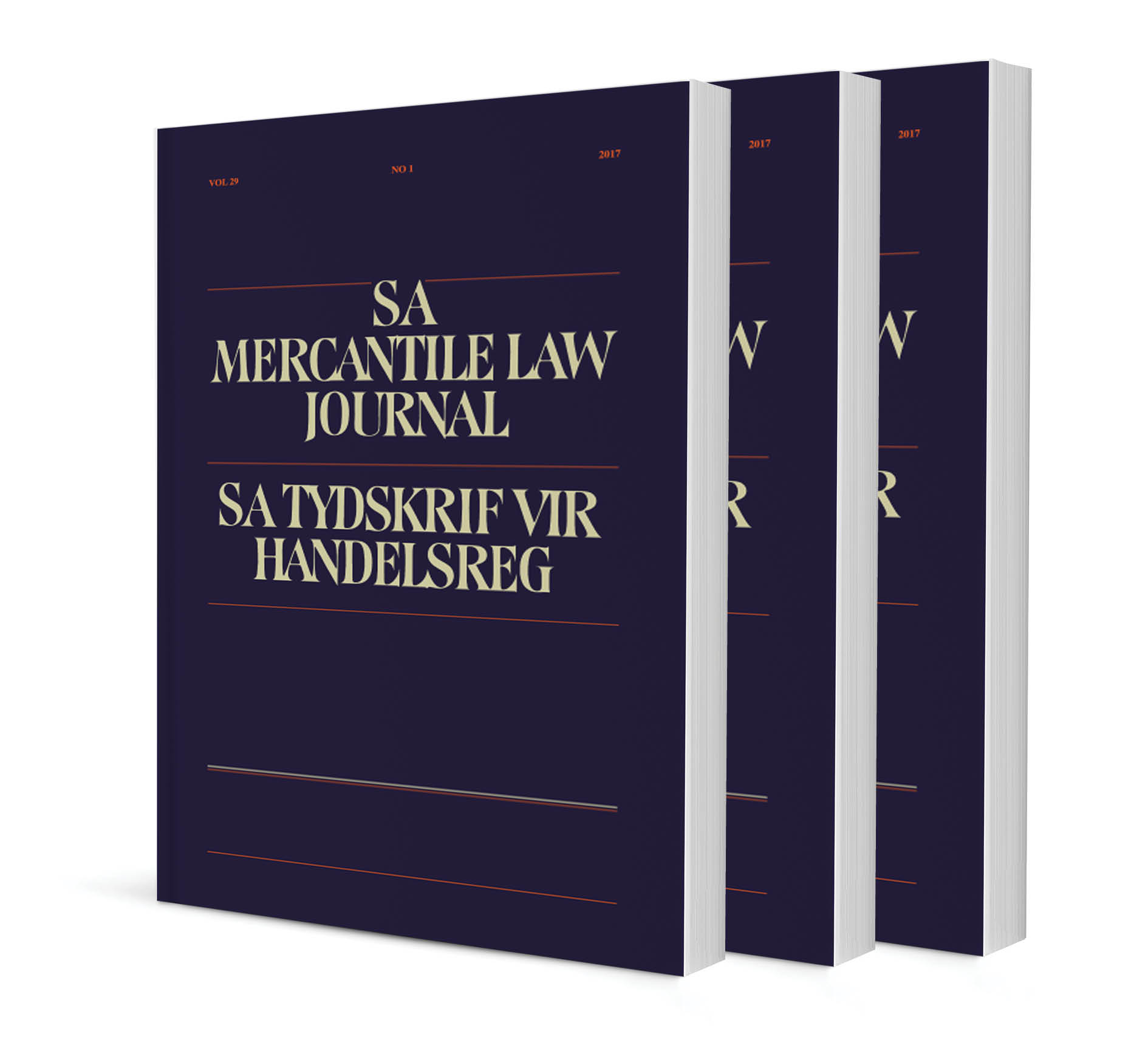An exploratory analysis of the financial incentives for small businesses amid erratic electricity supply in South Africa

An exploratory analysis of the financial incentives for small businesses amid erratic electricity supply in South Africa
Authors: Kolawole Olusola Odeku & Mudzielwana Takalani
ISSN: 1996-2185
Affiliations: Professor, Department of Public and Environmental Law, University of Limpopo; Senior Tutor, Department of Public and Environmental Law, University of Limpopo
Source: South African Mercantile Law Journal, Volume 36 Issue 2, 2024, p. 135 – 162
https://doi.org/10.47348/SAMLJ/v36/i2a1
Abstract
South Africa is experiencing erratic electricity supply daily dubbed ‘load shedding’. The impact and effect of electricity outages are being felt in all sectors of the economy and society at large, small businesses are no exception. Small businesses play a vital role in the economy and can be said to be the lifeblood of the economy by tackling social, and socio-economic challenges such as unemployment, inequality, and poverty. Nowadays, unreliable electricity supply and high tariffs are impeding entrepreneurial activities, particularly small businesses. The government has announced that load shedding would continue at least, for the next two years. To alleviate electricity poverty and ameliorate the impact and effect of the electricity crisis on small businesses, various financial incentive interventions become imperatives. To this end, through government institutions in collaboration with the financial sector particularly the banking industry, financial incentives are being deployed and used to alleviate financial burdens threatening the existence and survival of many small businesses. Against this backdrop, this article looks at the selected but germane financial incentive interventions that, even, amid the erratic electricity supply, will allow small businesses to continue to operate, thrive, grow, and prosper.